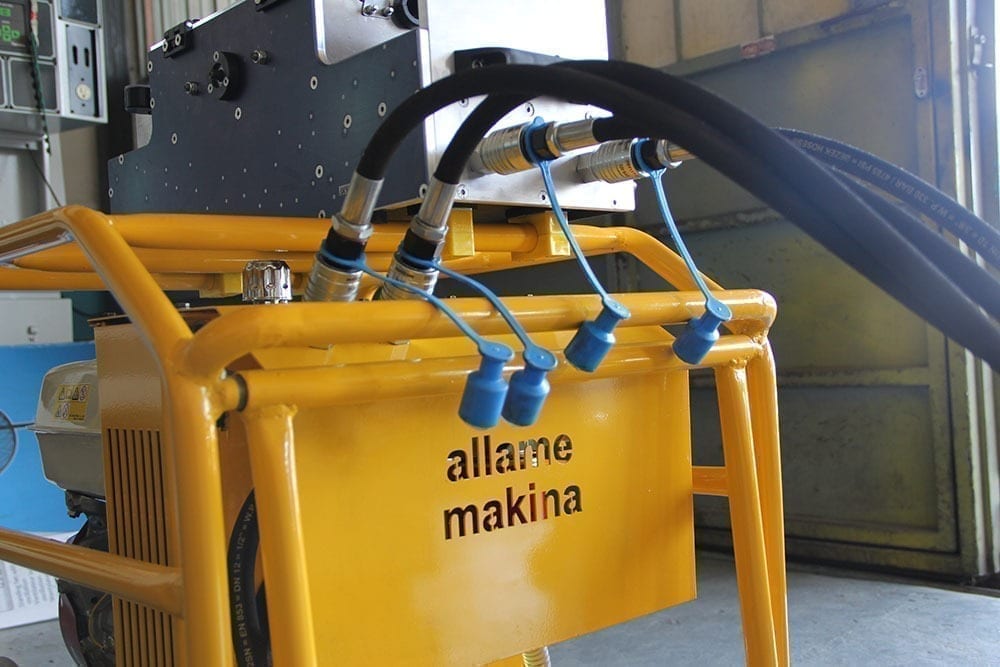Cable Jetting Procedures
Cable Jetting procedures
Cable jetting is the most of powerfull technologies for the cable blowing methods.
First of all you should know your fiber optic cable diameters. Because if it’s smaller you need to less power for blowing process.
- If your optical fiber diameters bigger from 4mm you need to MiniSKY. It’s suitable for your cable diameters.
- But if your of cable diameters bigger from 10mm you need to SKYJET machine. it’s suitable for your cables.
Each mahine have own specifications. So you cannot blow 2mm with MiniSKY. Also you cannot blow with the MiniSKY 18mm etc.
The second thing is the HDPE duct diameters. Duct diameters is not too important but there is one thing you should get strong ait compressor if your duct inside diameter bigger thand 20mm. Because all the air going to the duct and id you duct too big you need to too much air pressure. We recommend min 12.bar 10mt^3/min air compressor.
Choose best cable jetting methods save your time and money.
For more informaiton please contact us via contact form.
Cable jet blowing process is a cable while pushing the cable through a duct into the channel at the same time. Compressed air was injected at the channel inlet and channel for the high speed and flows through the cable. (Preferably, no sucking pig cable is used at the beginning.) Propels the cable drag forces and pressure drop due to high velocity air. Frictional contact with cable channels distributed air flow is reduced and large forces to produce high friction, are avoided. Because the expanding air flow, air force dispatched relatively small and large cable entry at the end of the air exhaust duct. ( Cable jetting ) To compensate for this, the cable is administered with an additional thrust spray. Very high spray close to the principal thrust of the cable entry with the air flow by increasing the distance,, propulsion. Special lubricants is further developed for spraying cable to reduce friction. Cable Jetting Equipments


Leave a Reply
Want to join the discussion?Feel free to contribute!